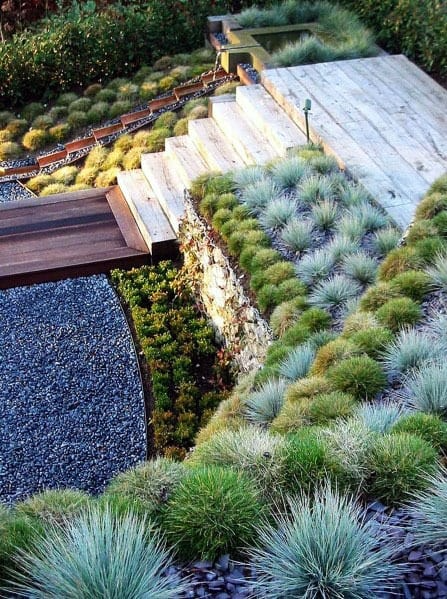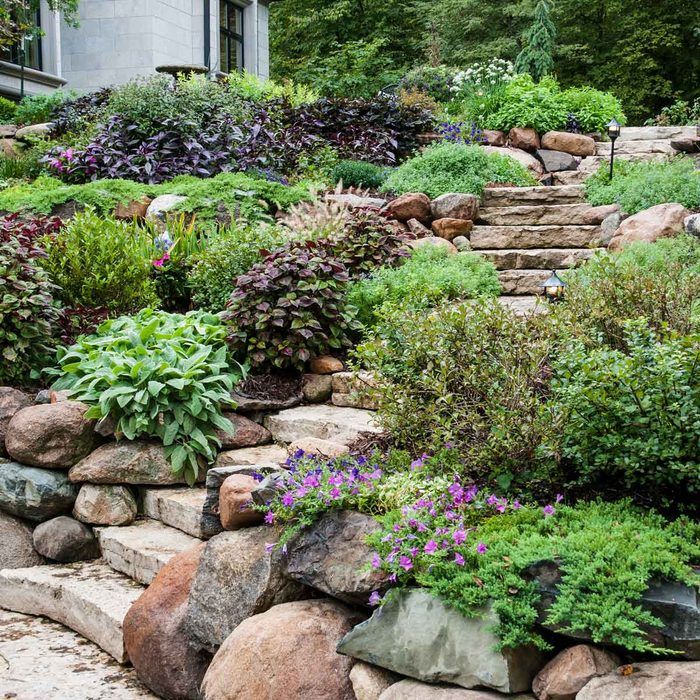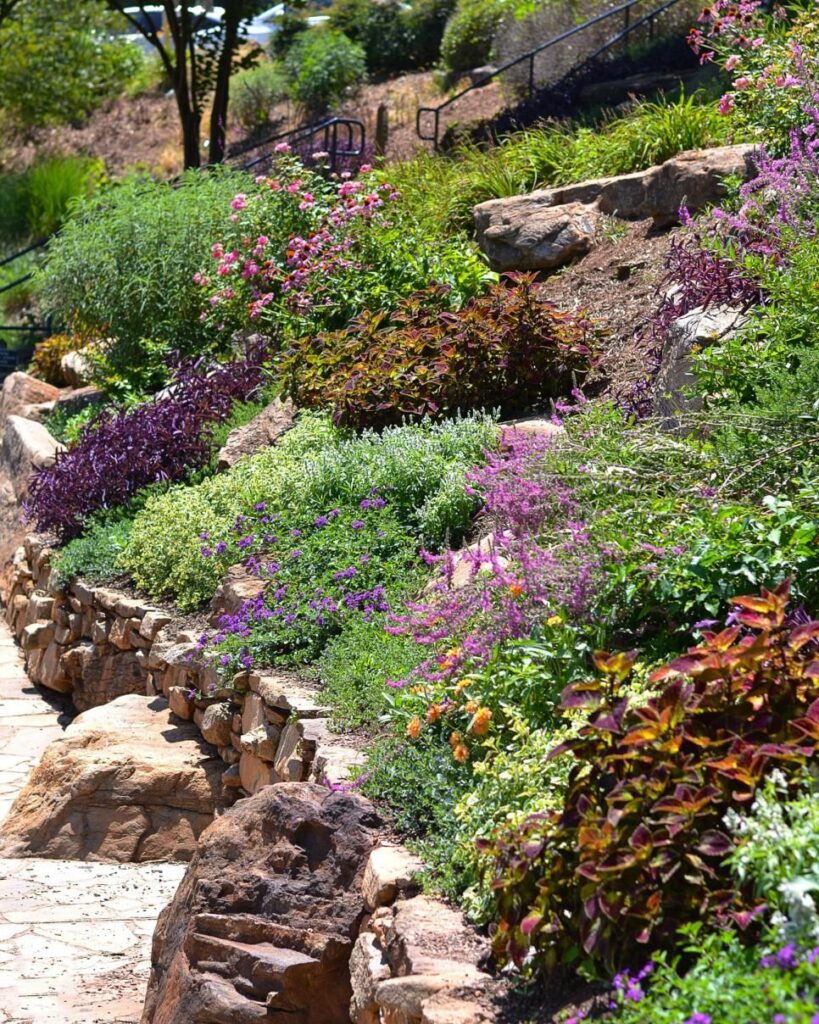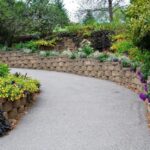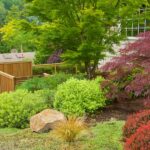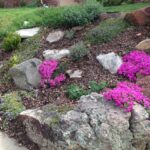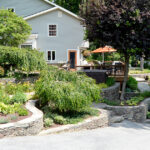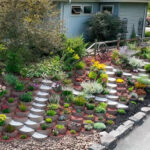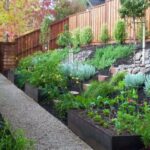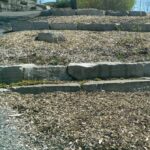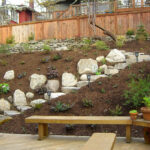Landscaping on a slope can present unique challenges and opportunities for creating a visually appealing and functional outdoor space. One of the key considerations when landscaping on a slope is erosion control. The natural flow of rainwater can cause soil erosion on a slope, so it is important to use plants, trees, and other landscaping features to help stabilize the soil and prevent erosion.
Terracing is a common technique used in landscaping on a slope to create flat spaces for planting beds, patios, or other outdoor living areas. Terracing involves creating a series of level platforms on the slope, with retaining walls or other structures to hold back the soil. This can help prevent erosion, provide better drainage, and create a more usable outdoor space.
Choosing the right plants for landscaping on a slope is also important. Plants with deep root systems are ideal for stabilizing the soil and preventing erosion. Grasses, groundcovers, and shrubs are good choices for slopes, as they can help absorb water and reduce runoff. Native plants that are adapted to the local climate and soil conditions are often the best option for landscaping on a slope, as they require less maintenance and are more likely to thrive.
Incorporating hardscape elements, such as stone pathways, retaining walls, or terraces, can also enhance the visual appeal of a sloped landscape. These features can help break up the slope, create different levels and textures, and provide added interest to the outdoor space. Hardscape elements can also help with water management, improve accessibility, and create opportunities for outdoor seating or entertaining.
Lighting is another important consideration when landscaping on a slope. Properly placed lighting can highlight the natural contours of the slope, create focal points, and enhance the overall ambiance of the outdoor space. Pathway lighting, uplighting, and spotlights can help improve safety and visibility on a sloped landscape, while also adding a touch of drama and sophistication.
Overall, landscaping on a slope requires careful planning, attention to detail, and a good understanding of the unique challenges and opportunities that come with working on a sloped site. By addressing erosion control, utilizing terracing and retaining walls, choosing the right plants, incorporating hardscape elements, and designing effective lighting, you can create a beautiful and functional outdoor space that maximizes the natural beauty of the slope. With the right approach, landscaping on a slope can transform a challenging terrain into a stunning and inviting landscape.
